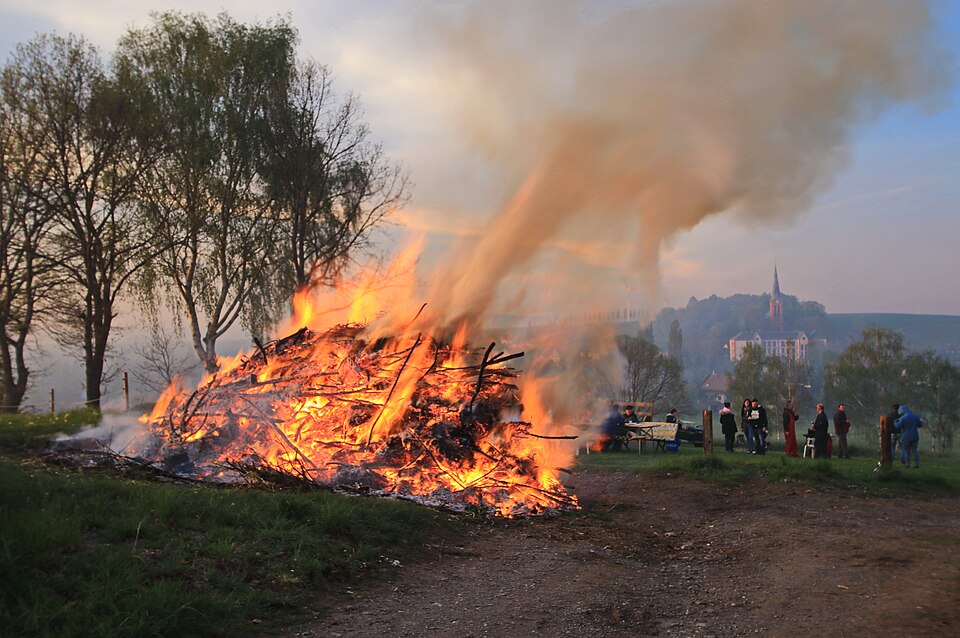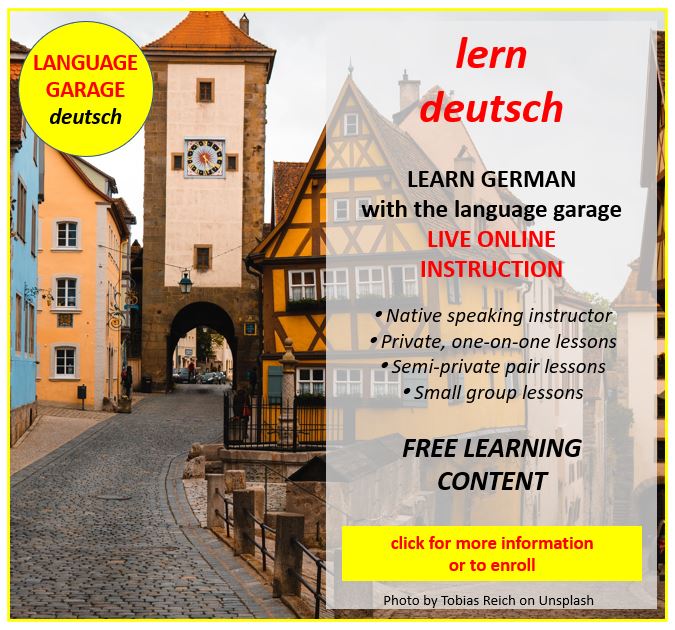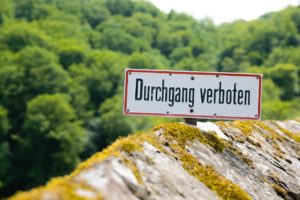Walpurgisnacht: A German Night of Fire, Folklore, and Festivity
On the night of April 30th, as the last chill of winter fades into the warmth of May, many regions in the German-speaking world celebrate Walpurgisnacht. This is a vibrant, fiery tradition steeped in medieval folklore, seasonal change, and community revelry. Though its origins are complex, Walpurgisnacht today is a colorful blend of pagan customs, Christian legend, and regional German culture.
Origins and Historical Roots of Walpurgisnacht
Walpurgisnacht takes its name from Heilige Walburga (Saint Walburga), an 8th-century Anglo-Saxon missionary who was canonized on May 1st. Her feast day coincided with older pagan spring festivals that marked the end of winter and the return of fertility to the land. Over time, these traditions merged. Walpurgisnacht evolved into a night associated with supernatural happenings, bonfires, and the warding off of evil spirits.
According to medieval folklore, on this night Hexen (witches) would gather on the Brocken, the highest peak of the Harz Mountains, to celebrate and perform dark rites. The fear of witches gave rise to traditions meant to scare them away. These included loud noises, fires, and dancing.
Modern Celebrations of Walpurgisnacht in German-Speaking Countries
Today, Walpurgisnacht is most enthusiastically celebrated in Germany. This is especially true of central and northern regions like the Harzgebirge (Harz Mountains), Thüringen (Thuringia), and parts of Bayern (Bavaria). The Brocken remains the spiritual center of festivities. Thousands gather in nearby towns like Wernigerode and Schierke for Hexennacht (Witches’ Night). People dress up as witches or devils, attend open-air concerts, and participate in theatrical performances that reenact the folklore of the night.
In Austria and German-speaking Switzerland, the celebration is less widespread but still known in some areas. It is often overshadowed by Maifeiertag (May Day) traditions on the following morning.
Regional Differences and Local Traditions of Walpurgisnacht
While the heart of Walpurgisnacht lies in the Harz, other regions have their own customs:
- In southern Germany, especially in Schwaben (Swabia) and Bayern (Bavaria), the focus is more on the Maibaum aufstellen (raising of the Maypole) the next day. However, the night before may still involve smaller Feuerfeste (fire festivals) and gatherings.
- In Franken (Frankonia) and parts of Hessen (Hesse), rural communities may light Maifeuer (May fires). Children go around making noise with rattles or bells to ward off Hexen (witches).
- In some places, youths guard their village’s Maypole to prevent it from being stolen by neighboring communities. This is a spirited and mischievous regional tradition.
Customs, Food, and Vocabulary of Walpurgisnacht
Walpurgisnacht is all about celebration and symbolism. Key elements include:
- Das Hexenkostüm (Witch costume): Many revelers wear pointed hats, capes, and grotesque makeup.
- Das Maifeuer / Walpurgisfeuer (Bonfire): Central to the night, symbolizing purification and the triumph of light over darkness.
- Tanz in den Mai (Dance into May): A joyful event involving open-air dancing, music, and sometimes romantic traditions. It’s a bit similar to Valentine’s Day.
There’s no specific food tied solely to Walpurgisnacht. But the festivals often include familiar festive foods such as Bratwurst, Brezeln (pretzels), and Bier. There may also be local specialties like Schmalzkuchen (fried dough cakes) or Maibowle. This is a punch made with Waldmeister (sweet woodruff, an herb containing coumarin), wine, and fruit.
A Night of Transformation
Walpurgisnacht is more than just a quirky folklore festival. It reflects Germany’s deep connection to its seasonal cycles, regional identity, and historical storytelling. Whether you’re watching flames leap into the spring sky on the Brocken or dancing around a Maypole in a Bavarian village, the night offers a powerful experience of community and continuity. As the flames blaze and music rings out, you may even feel the old magic in the air. Fröhliche Walpurgisnacht!
Get on the road to speaking German with the Language Garage!
We hope you’ve enjoyed learning about Walpurgisnacht. If you’d like to learn more:
- Follow us on Facebook, LinkedIn, BlueSky, Twitter, Threads, Mastodon, Instagram, or Pinterest. We publish lots of German vocabulary, grammar, and culture notes, so it’s a great way to pick up some new vocabulary and practice.
- Check out our other posts on German language, culture, and more.
- Enroll in affordable, flexible, and personalized private online German lessons or sign up for a small group online German class.
Image Source Wikimedia Commons






